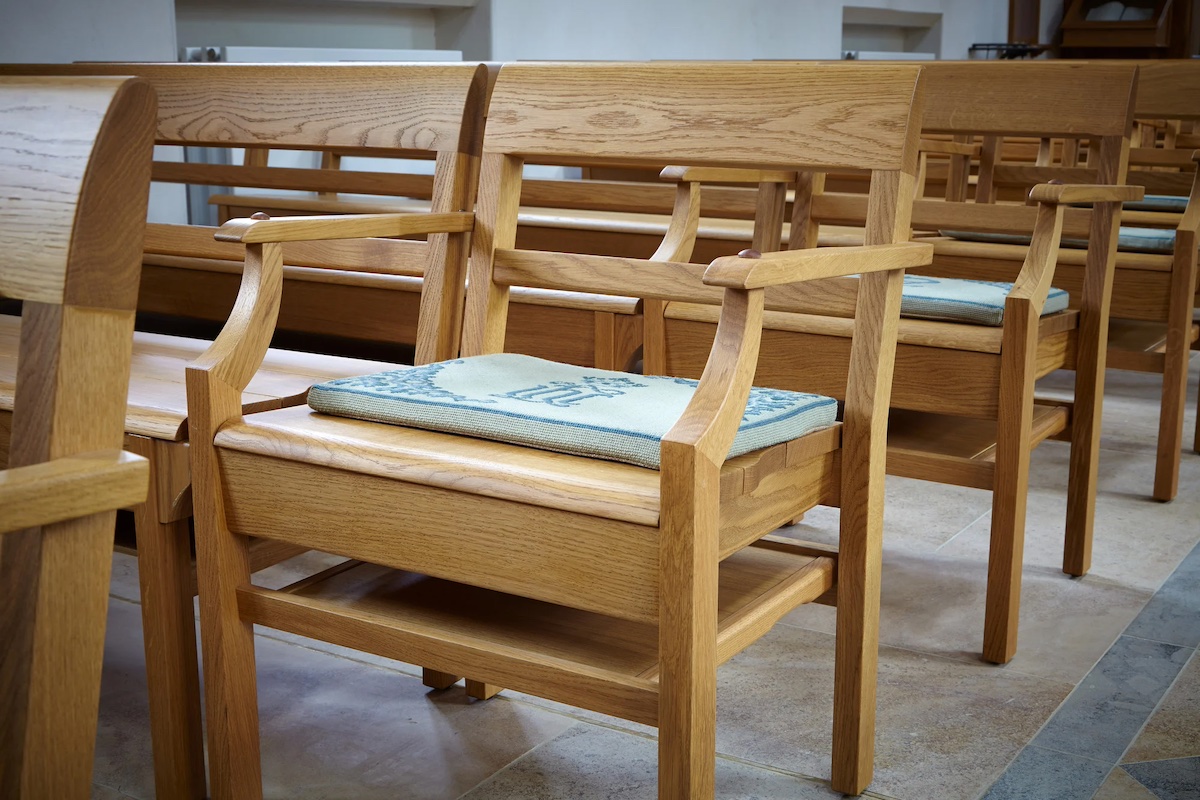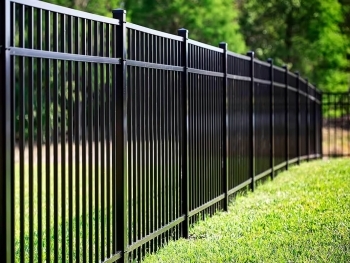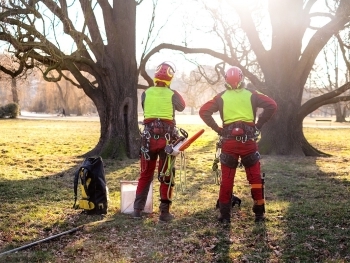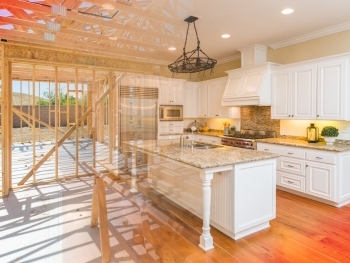Church furniture plays a pivotal role in defining the ambiance and functionality of worship spaces. Among various types of church seating, chairs with arms have garnered significant attention for their blend of comfort, support, and aesthetic appeal. This article delves into the historical evolution, design considerations, benefits, and contemporary relevance of church chairs with arms.
Historical Evolution of Church Seating
The evolution of church seating has mirrored changes in architectural styles, liturgical practices, and congregational needs. In the early centuries of Christianity, congregants often stood or sat on simple benches or even the floor during services. The introduction of pews in the Middle Ages marked a significant shift, providing structured seating that enhanced the congregation's focus and participation.
As the Reformation unfolded, the role of the sermon gained prominence, necessitating more comfortable seating for longer periods. This period saw the gradual incorporation of pews with armrests, offering congregants greater comfort. The Victorian era further emphasized ornate designs and comfort, leading to the creation of more elaborate pews and chairs with arms.
Design Considerations for Church Chairs with Arms
The design of church chairs with arms involves a careful balance between aesthetics, ergonomics, and functionality. Several key factors are considered during the design process:
- Comfort and Ergonomics: The primary purpose of adding arms to church chairs is to enhance comfort. Ergonomic design ensures that the chairs provide adequate support to the back and arms, reducing fatigue during extended services. The height and width of the armrests are crucial in ensuring they accommodate various body types comfortably.
- Durability: Church chairs are subject to frequent use, necessitating materials that are both durable and easy to maintain. High-quality wood, metal, and robust upholstery fabrics are commonly used to ensure longevity and withstand wear and tear.
- Aesthetic Harmony: Church interiors often reflect significant architectural and design philosophies. Chairs with arms must harmonize with the existing décor, whether it is a traditional, gothic-style church or a modern, minimalist worship space. Customizable finishes and upholstery options help in achieving this harmony.
- Space Efficiency: While comfort is paramount, churches often need to maximize seating capacity. Stackable or linkable designs allow for flexibility in seating arrangements, making it easier to reconfigure spaces for different events and services.
Benefits of Church Chairs with Arms
Church chairs with arms offer numerous benefits that enhance the worship experience for congregants:
- Enhanced Comfort: Armrests provide additional support, making it easier for attendees, especially the elderly and those with physical limitations, to sit and stand. This added comfort can improve overall participation and attentiveness during services.
- Improved Accessibility: For individuals with mobility issues, chairs with arms offer a stable support to assist in sitting down and standing up. This feature makes worship services more inclusive and accessible to all members of the congregation.
- Aesthetic Appeal: Well-designed chairs with arms contribute to the overall aesthetic appeal of the worship space. They can add a touch of elegance and sophistication, enhancing the visual impact of the sanctuary.
- Versatility: Many church chairs with arms are designed to be stackable or linkable, providing flexibility in seating arrangements. This versatility is particularly useful for churches that host a variety of events, from regular worship services to community gatherings and special ceremonies.
Contemporary Relevance and Trends
In contemporary worship spaces, the demand for church chairs with arms has seen a resurgence, driven by several trends:
- Focus on Inclusivity: Modern churches strive to create inclusive environments that cater to the needs of all congregants. Chairs with arms play a crucial role in this by providing accessible seating options.
- Multipurpose Use: Churches today often serve as multifunctional community centers. Flexible seating solutions, including chairs with arms, allow for easy reconfiguration to accommodate different events and activities.
- Sustainable Design: Environmental consciousness has influenced the choice of materials and manufacturing processes. Many church chairs with arms are now made from sustainable materials and designed to be long-lasting, reducing the environmental impact.
- Customization: Churches increasingly seek customized seating solutions that reflect their unique identity and heritage. Manufacturers offer a range of customization options, from upholstery colors and patterns to wood finishes and armrest designs.
Church chairs with arms are more than just functional pieces of furniture; they are integral to creating comfortable, accessible, and aesthetically pleasing worship spaces. Their historical evolution reflects changing liturgical practices and architectural styles, while modern designs cater to contemporary needs for inclusivity, versatility, and sustainability. As churches continue to adapt and evolve, the role of well-designed, comfortable seating will remain a cornerstone of enhancing the worship experience for all congregants.




